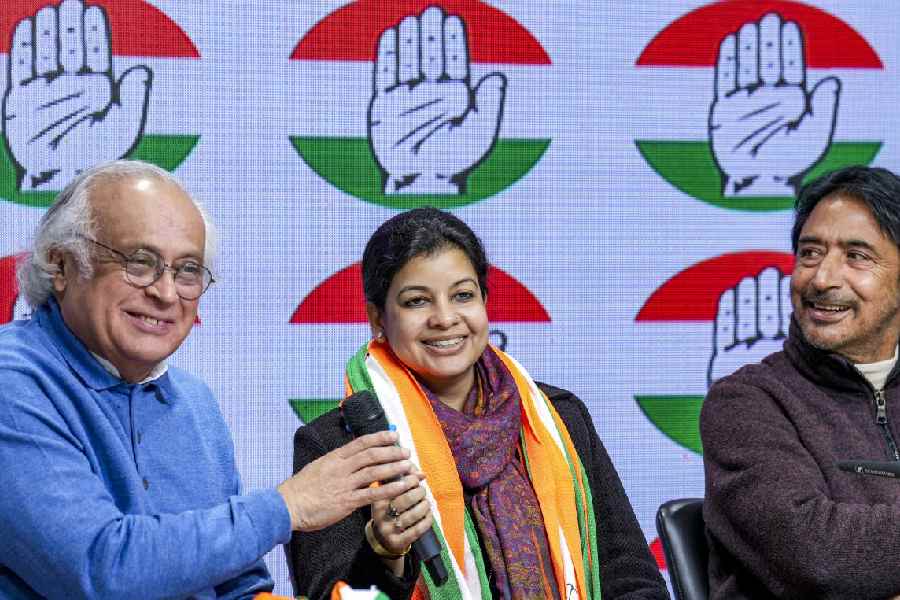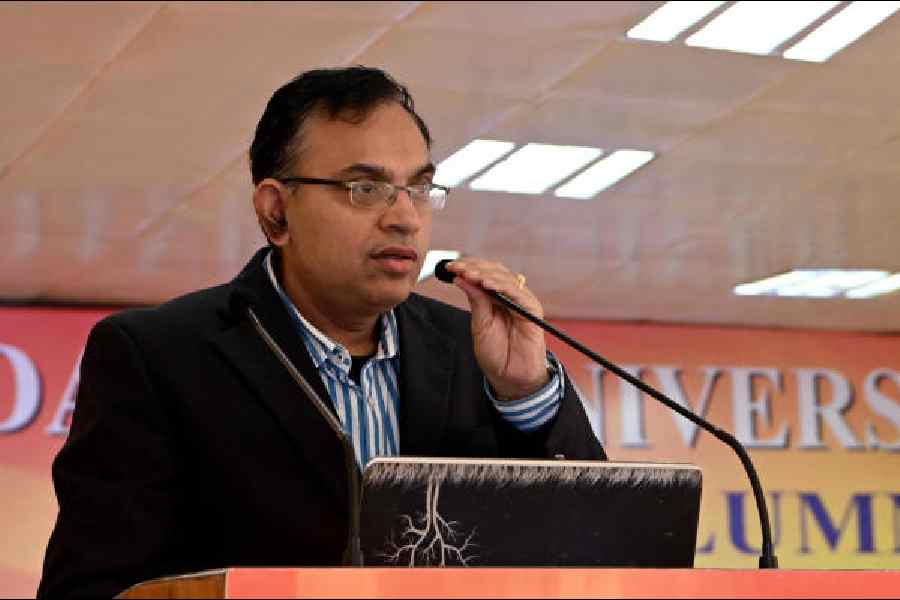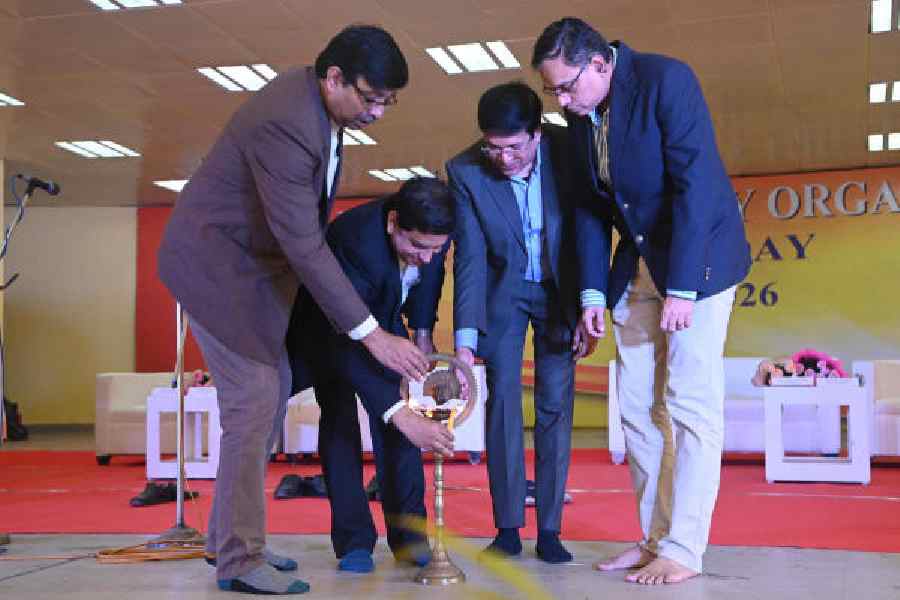Calcutta, Jan. 28: The land that the government has so far set upon acquiring for industrialisation accounts for only 0.02 per cent of the total agricultural land in the state, Writers’ Buildings has said in response to Mamata Banerjee’s allegation that fertile tracts were shrinking at an alarming rate.
Buddhadeb Bhattacharjee’s government has acquired around 997 acres for the Tata Motors plant in Singur and begun the process of acquisition of 500 acres in Baruipur for the South 24-Parganas district headquarters and 1,280 acres for a Telcon plant in Kharagpur — 2,777 acres in all.
Bengal has 1.35 crore acres of farmland.
Even if the government goes ahead with its plans of acquiring around 40,000 acres for industry and infrastructure projects, it would not have to touch more than 0.3 per cent of the state’s agricultural land.
The Trinamul Congress had complained earlier that nearly a third of Bengal’s fa-rmland had been converted for non-agricultural purposes in seven to eight years.
Mamata wrote to the Prime Minister earlier this month, saying the government was pushing ahead with its land acquisition programme by “snatching away thousands of acres of land from poor farmers in the name of industrialisation and urbanisation”.
She pointed out to Manmohan Singh that though she withdrew her hunger strike on December 29 following his assurance that the state would look into her demands sympathetically, the “double-faced” government clamped Section 144 in Singur the next day.
The Trinamul chief sought the Prime Minister’s “immediate intervention” to stop land acquisition in Bengal.
She also complained about the “ill treatment” meted out to her by police when she attempted to go to Singur on September 25.
The commerce and industries department, which prepared the reply to the charges, quoted from the all-India census figures to show that agriculture was still the mainstay of people in Bengal, unlike many other states.
While 14 per cent of the population in other states shifted from agriculture to other livelihoods between 1991 and 2001, in Bengal the figure was below 10 per cent.
The government has repeatedly said it would not harm agriculture while insisting that industrialisation is the need of the hour.











